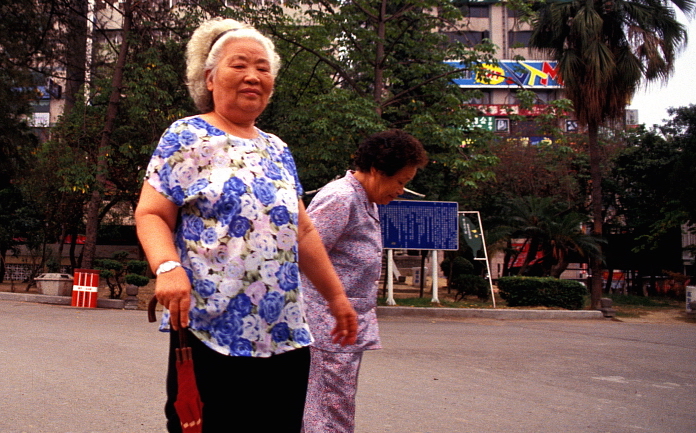By: Fatima Arkin
Send to a friend
The details you provide on this page will not be used to send unsolicited email, and will not be sold to a 3rd party. See privacy policy.
[MANILA] Health professionals have long warned about ultraviolet radiation from the sun’s rays but the emerging list of the sun’s health benefits may outweigh the risks particularly for the elderly.
“Dermatologists only think about the skin whereas the benefits of sunlight are predominantly in general health rather than skin health,” says Richard Weller, a dermatologist at the University of Edinburgh and one of the authors of a review on the general risks and benefits of UV radiation published in the journal Maturitas.
According to the review, ongoing research suggests that sunlight lowers the risk of cardiovascular disease, a leading cause of death among the elderly. While some might think that vitamin D tablets will provide the same benefit, Weller says that is not the case.
“People with high vitamin D levels in their blood are healthier and have less cardiovascular disease. This is not due to (taking) vitamin D but because they’ve been in the sunshine which happens to raise one’s vitamin D,” Weller tells SciDev.Net.
Weller says, melanoma, the deadliest form of skin cancer, is the only major problem caused by sunlight but melanoma is often linked to sunburns that occur in childhood. “For the elderly population, they’re past the age at which sunlight is a major risk factor for melanoma,” he notes.
But Robyn Lucas, an epidemiologist at the Australian National University who focuses on vitamin D and sun exposure, says the elderly can get melanoma via higher doses of sun exposure throughout their lifetime, not just during childhood.
Explaining why melanoma incidence and mortality in South-East Asia remain low while it steadily rises among the elderly population worldwide, Lucas tells SciDev.Net “this is probably due to the culture of not being sun-seeking in South-East Asia as well as a small contribution from having generally slightly darker skin. Even though the UV levels are high in these countries close to the equator, the burden of UV-related skin diseases is low.”
The risk of vitamin D deficiency, which is associated with osteoporosis and is thought to increase the risk of cancer, also varies among countries in South-East Asia. But some studies say that it is more common in the region than is appreciated.
Urban populations and institutionalised elderly people are more at risk since they do not go outdoors that much usually due to limited staff, Lucas notes.
Emilie van Deventer, team leader of the radiation programme at the World Health Organization, acknowledges the benefits of sunlight for elderly people but says it is all about moderation. She advises to pay particular attention to the intensity of the UV levels even in South-East Asia.
“Sunlight exposure for the purposes of vitamin D is better earlier in the morning or later in the afternoon when the risk of skin damage caused by UV is much lower,” says Deventer.
>Link to full paper in Maturitas
This article has been produced by SciDev.Net's South-East Asia & Pacific desk.
References
Maturitas doi: 10.1016/j.maturitas.2015.05.003 (2015)














